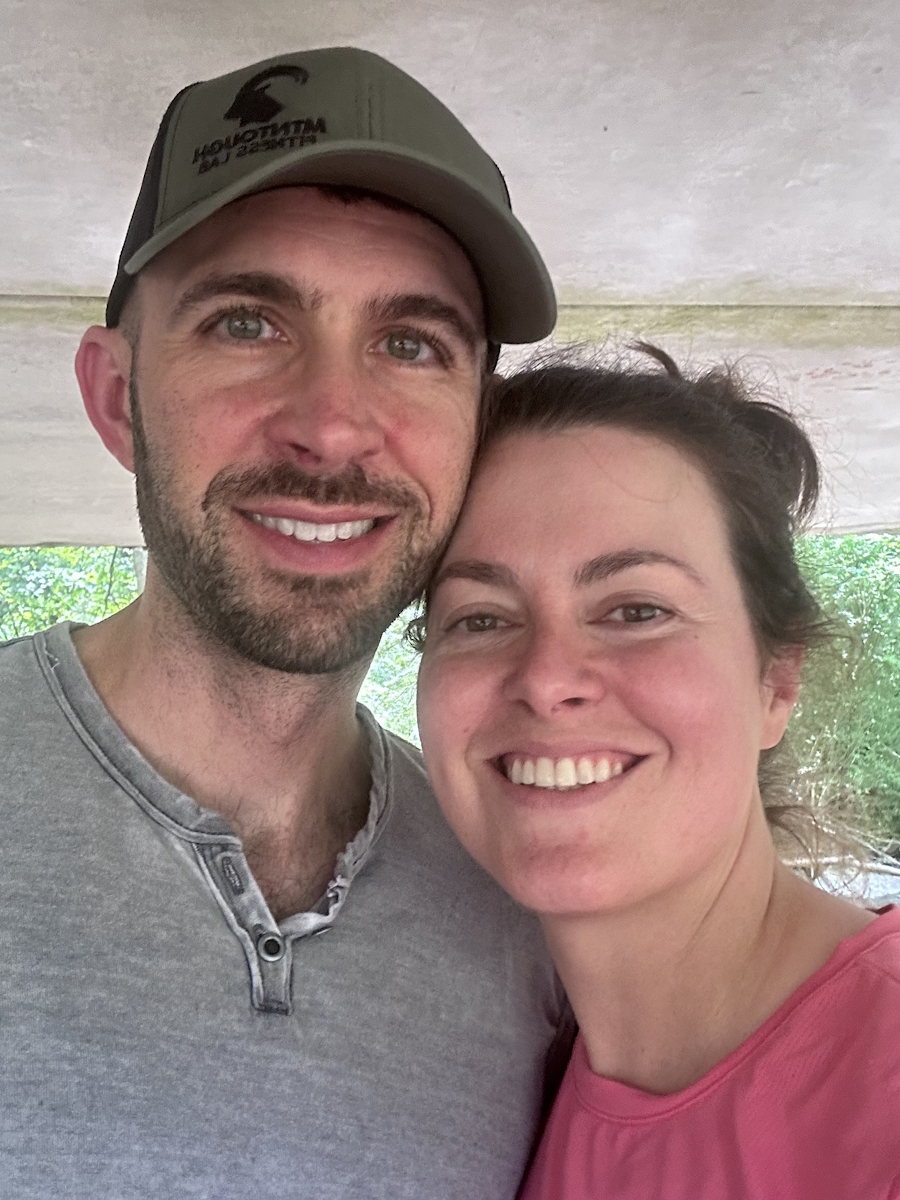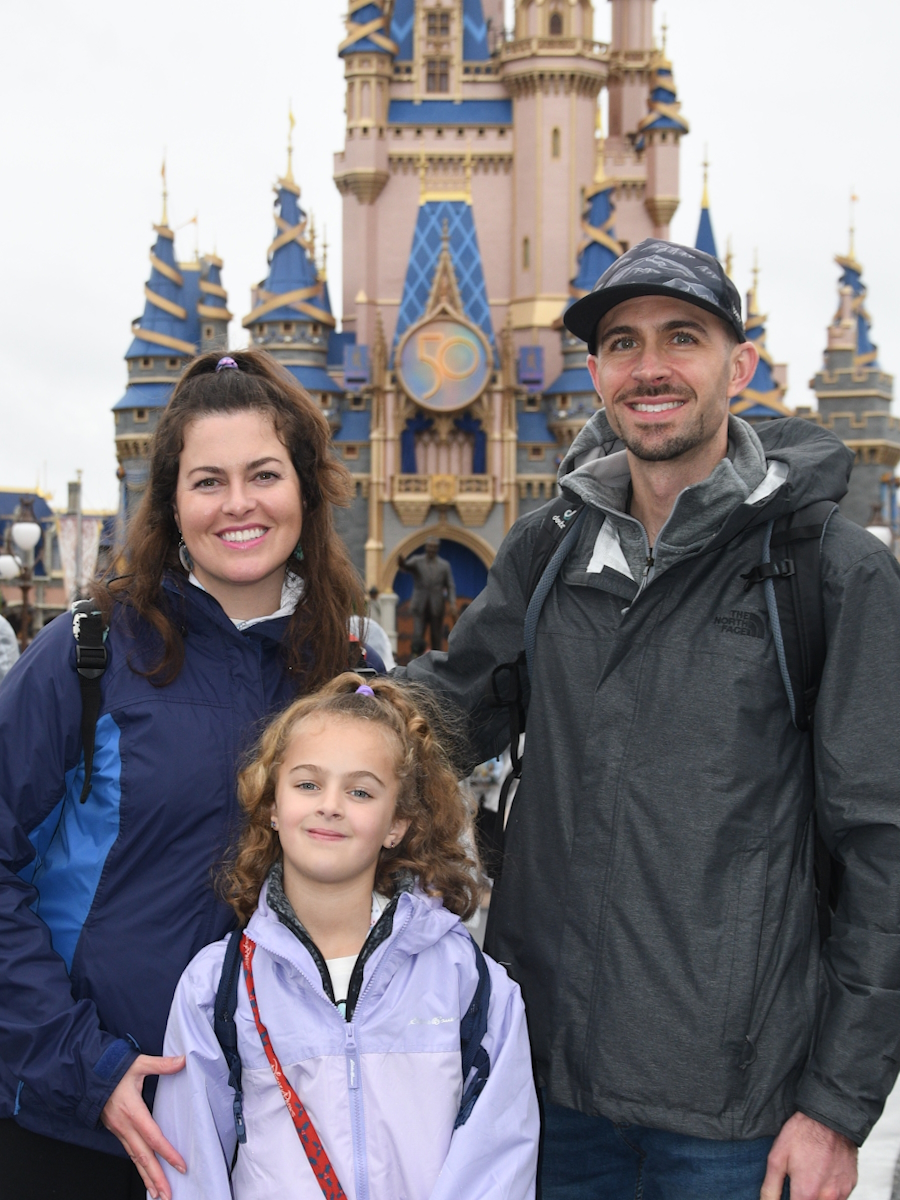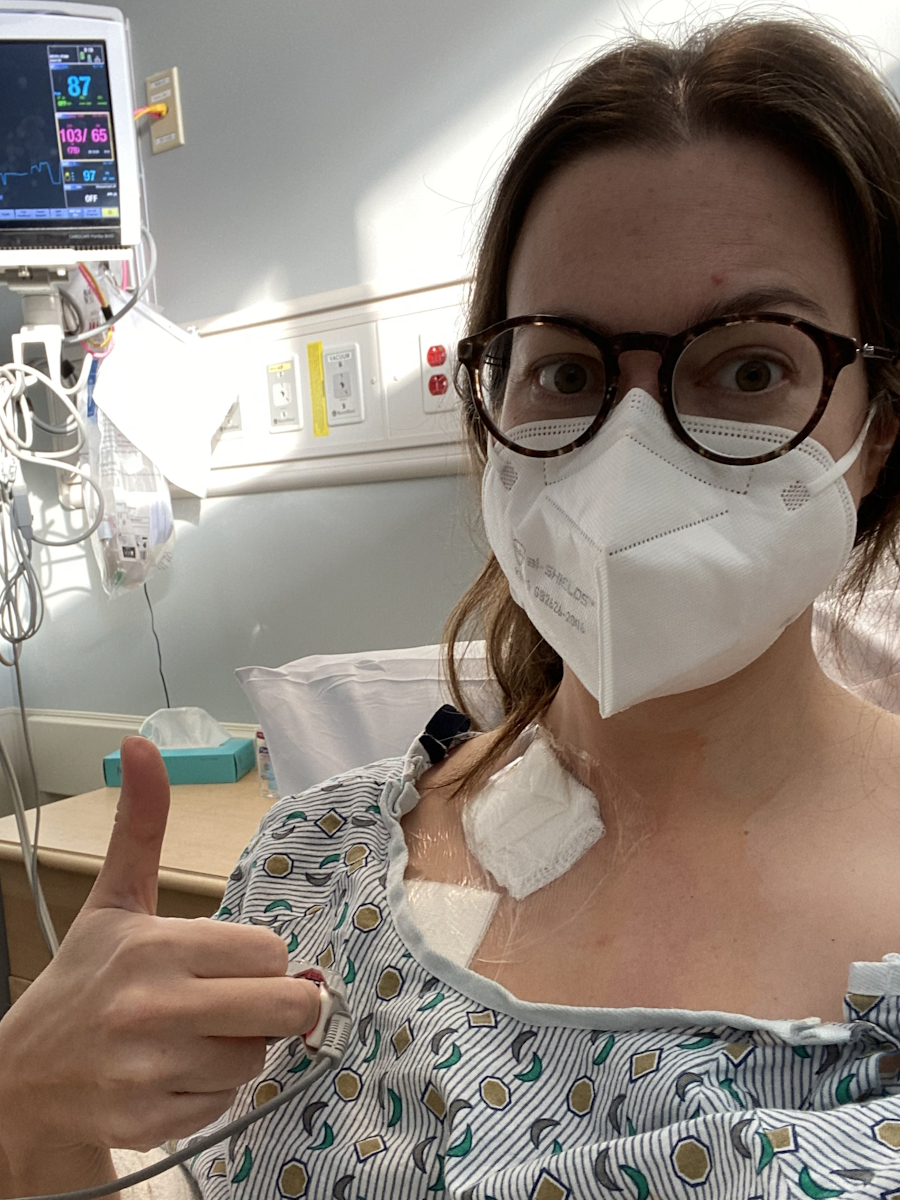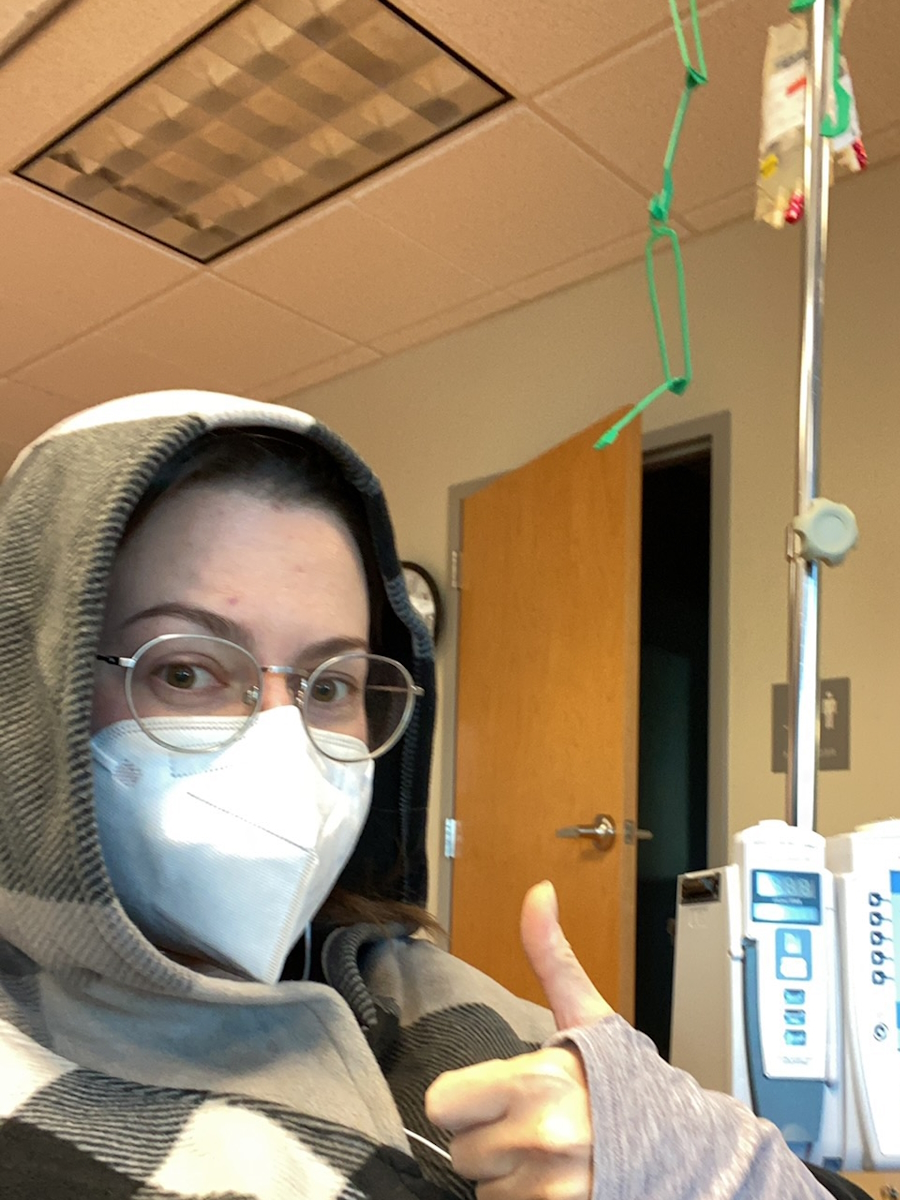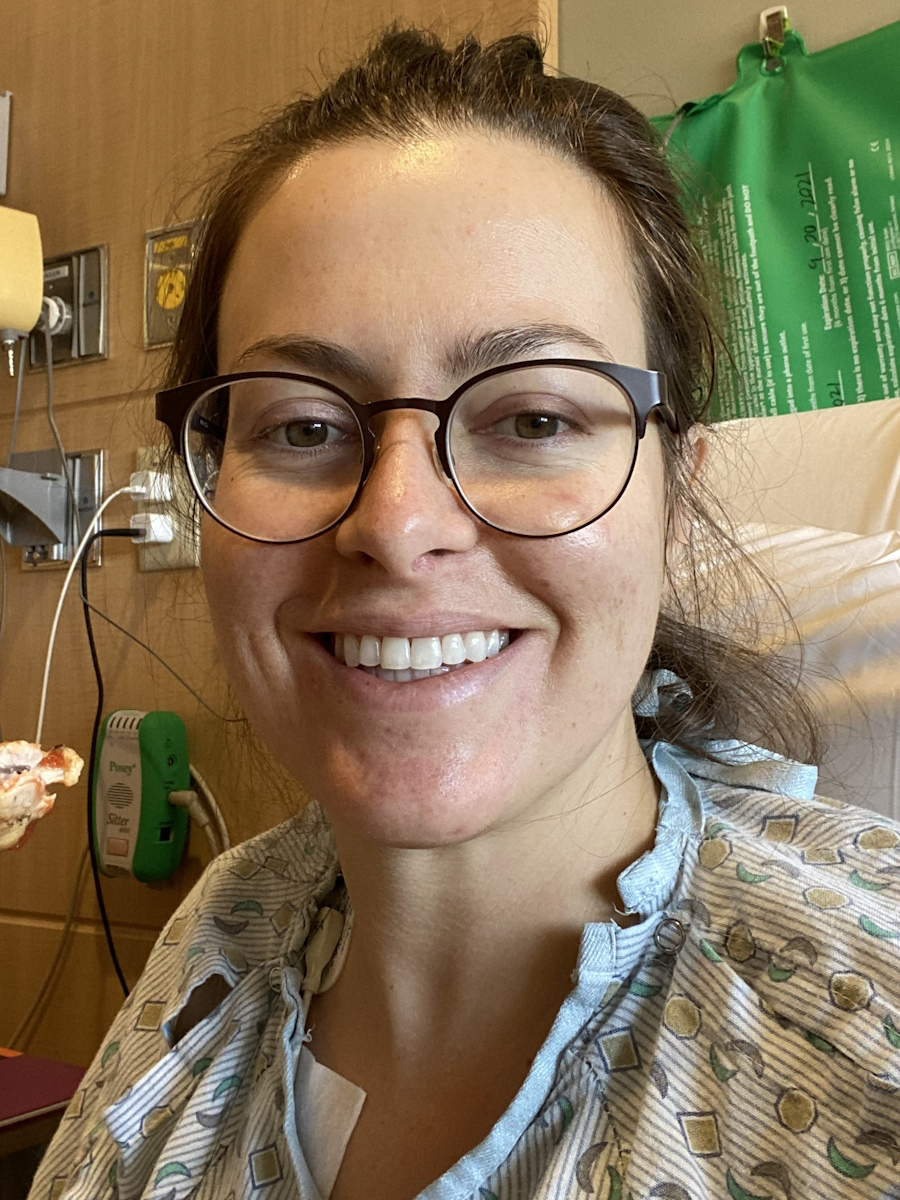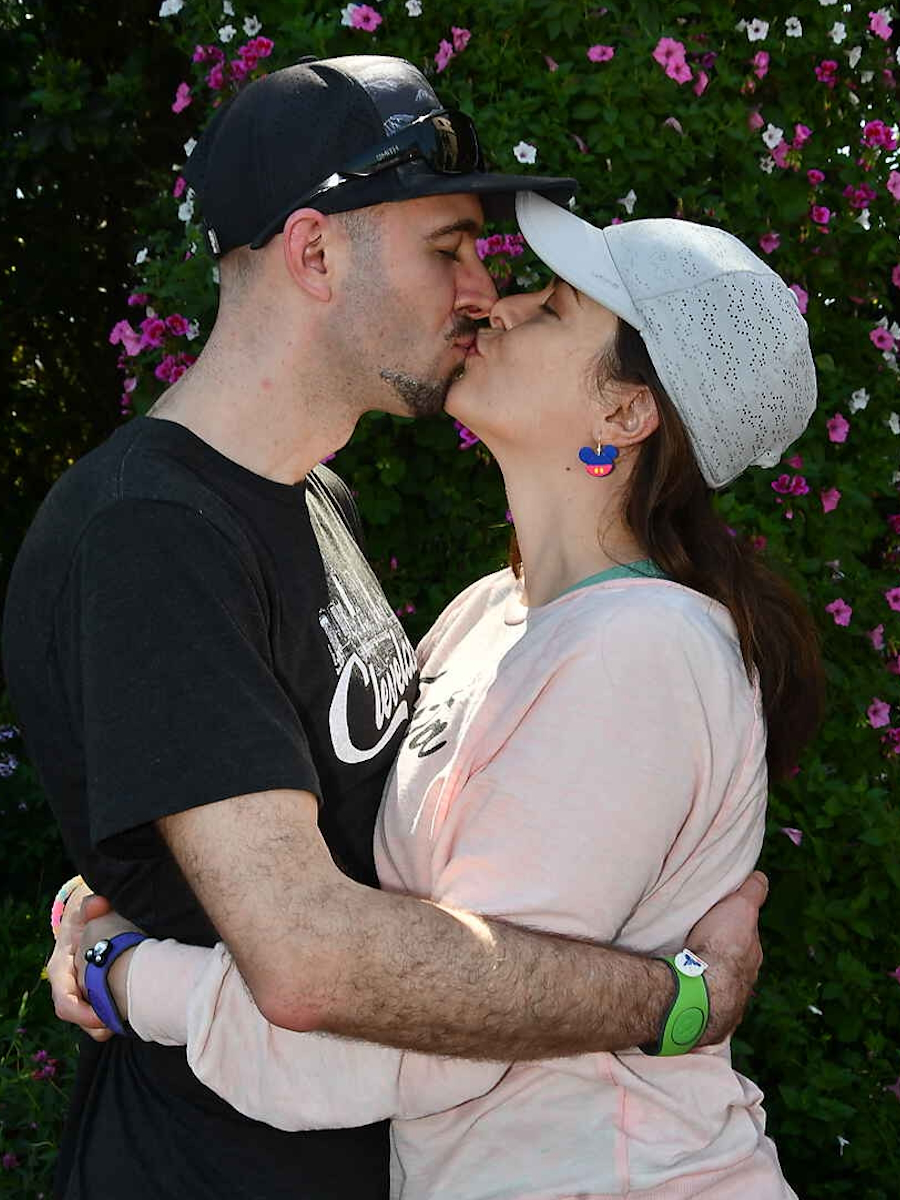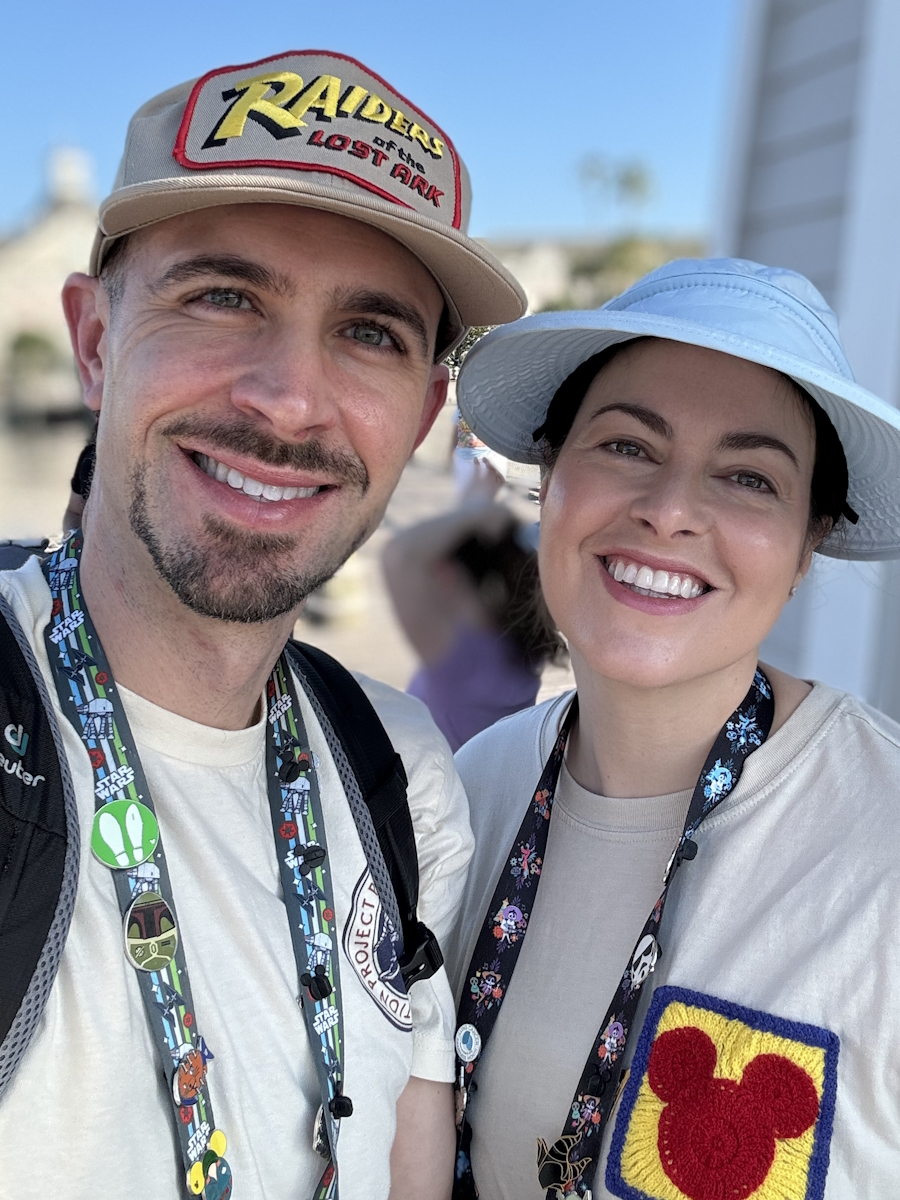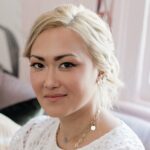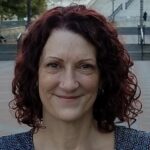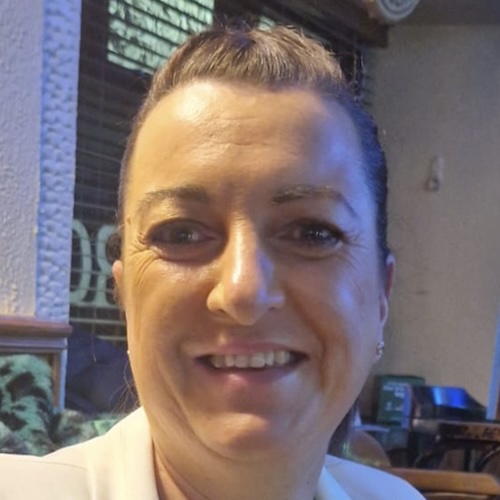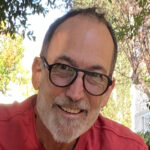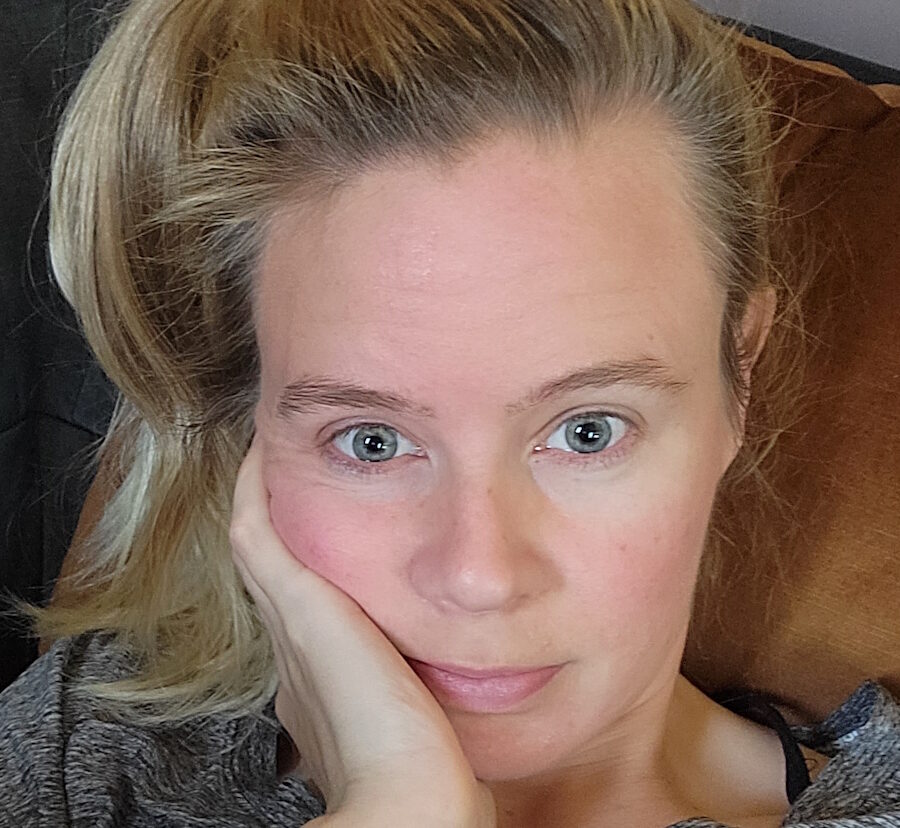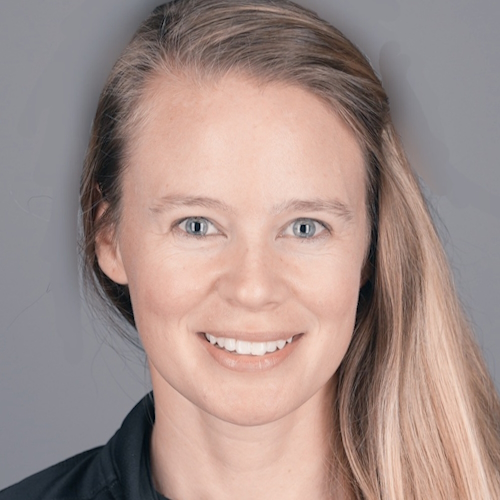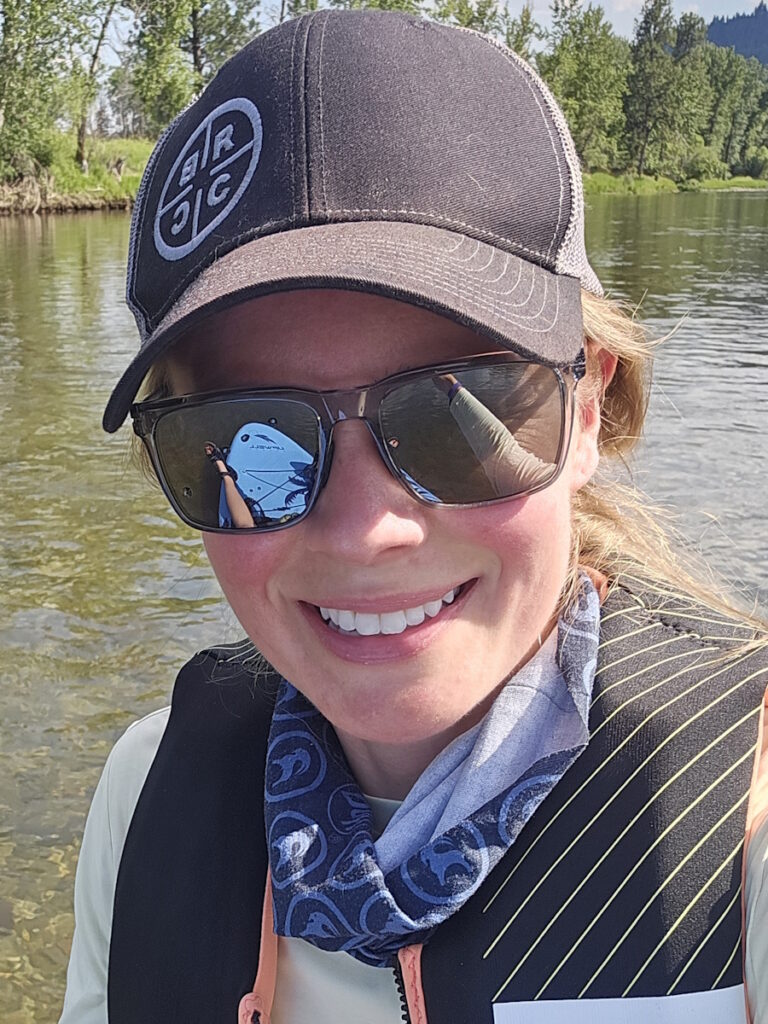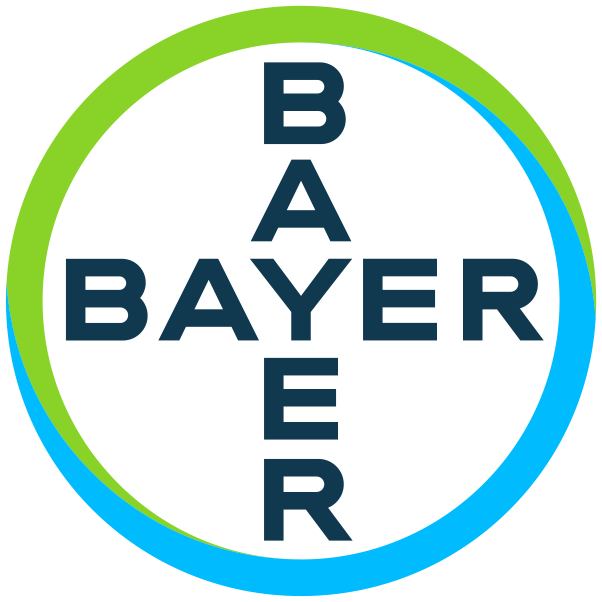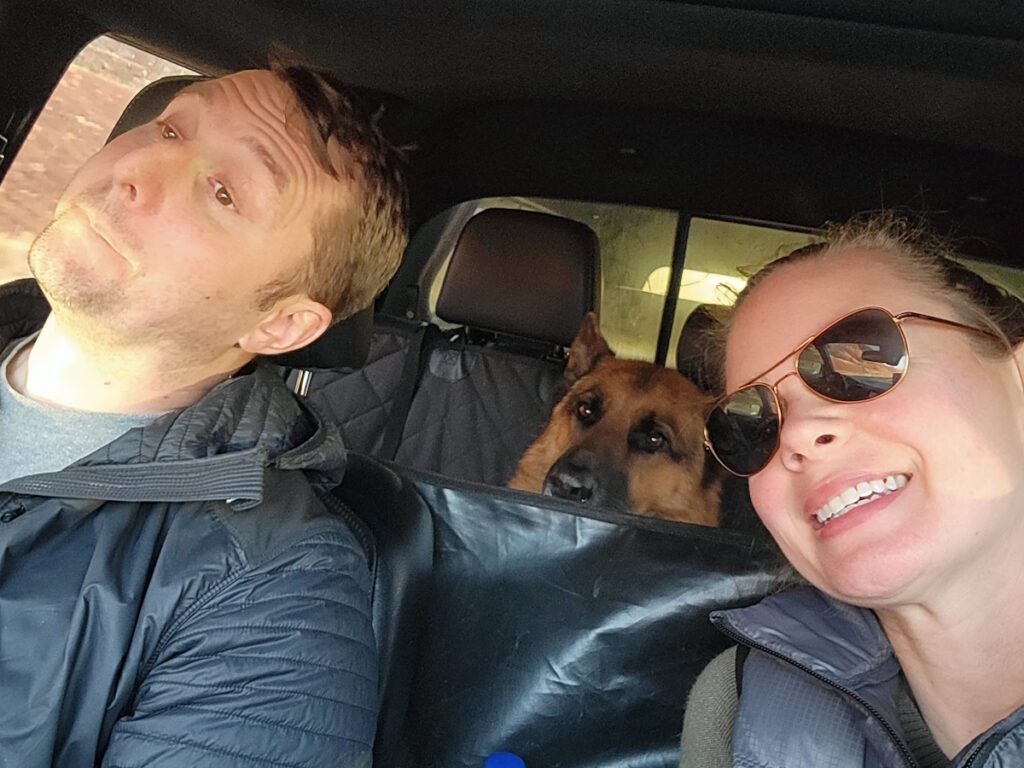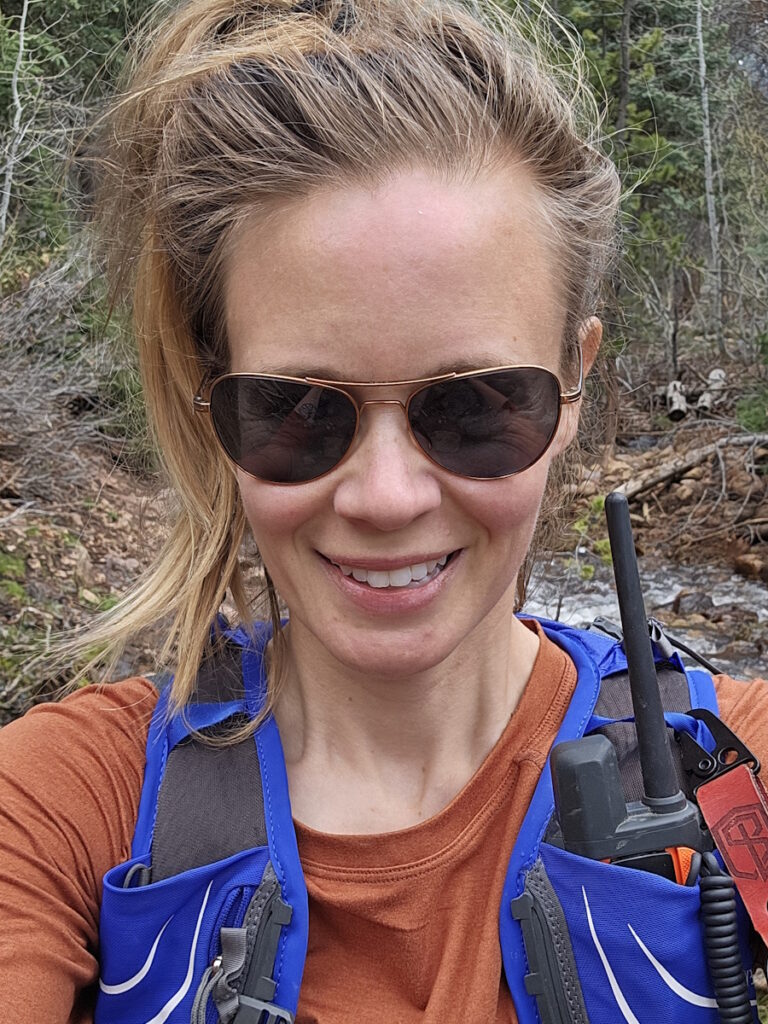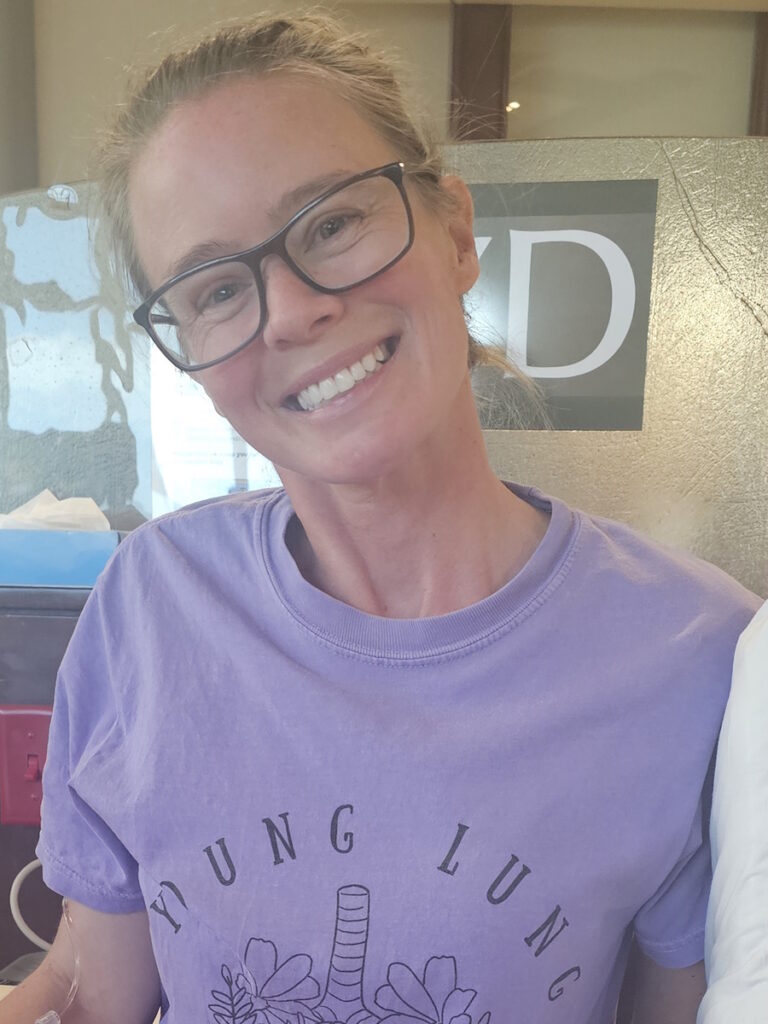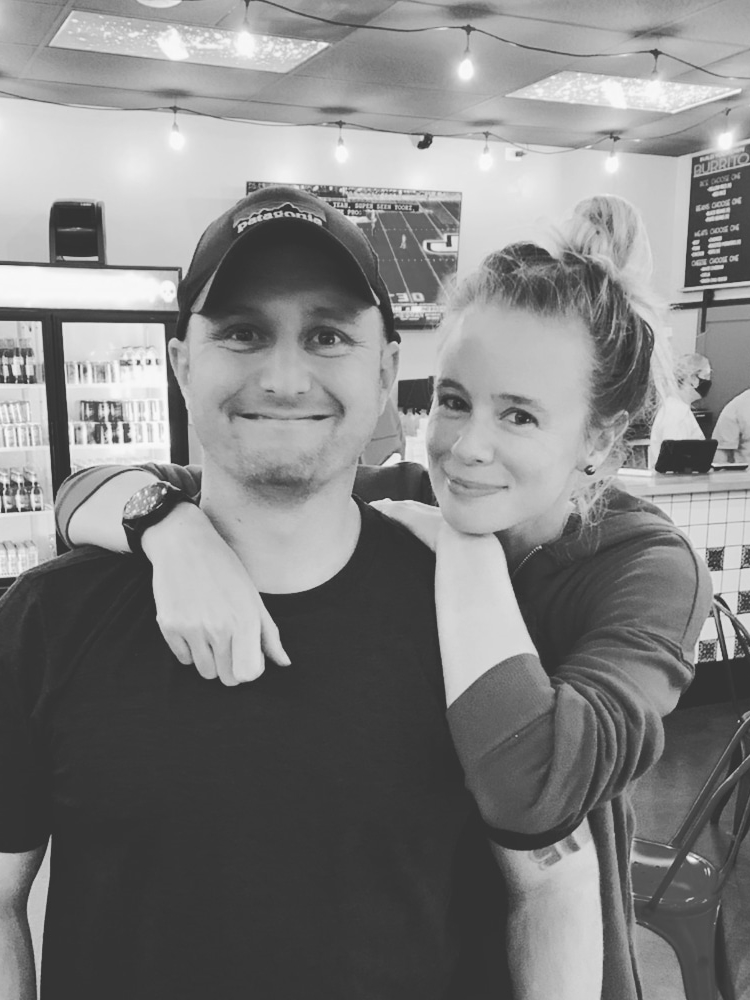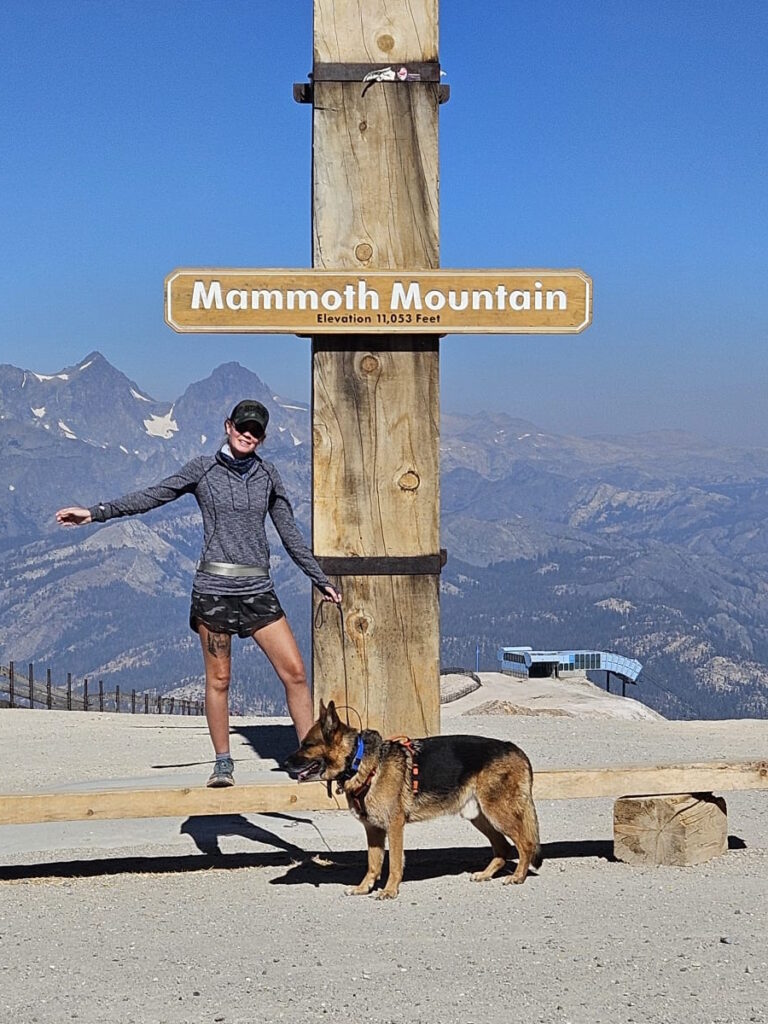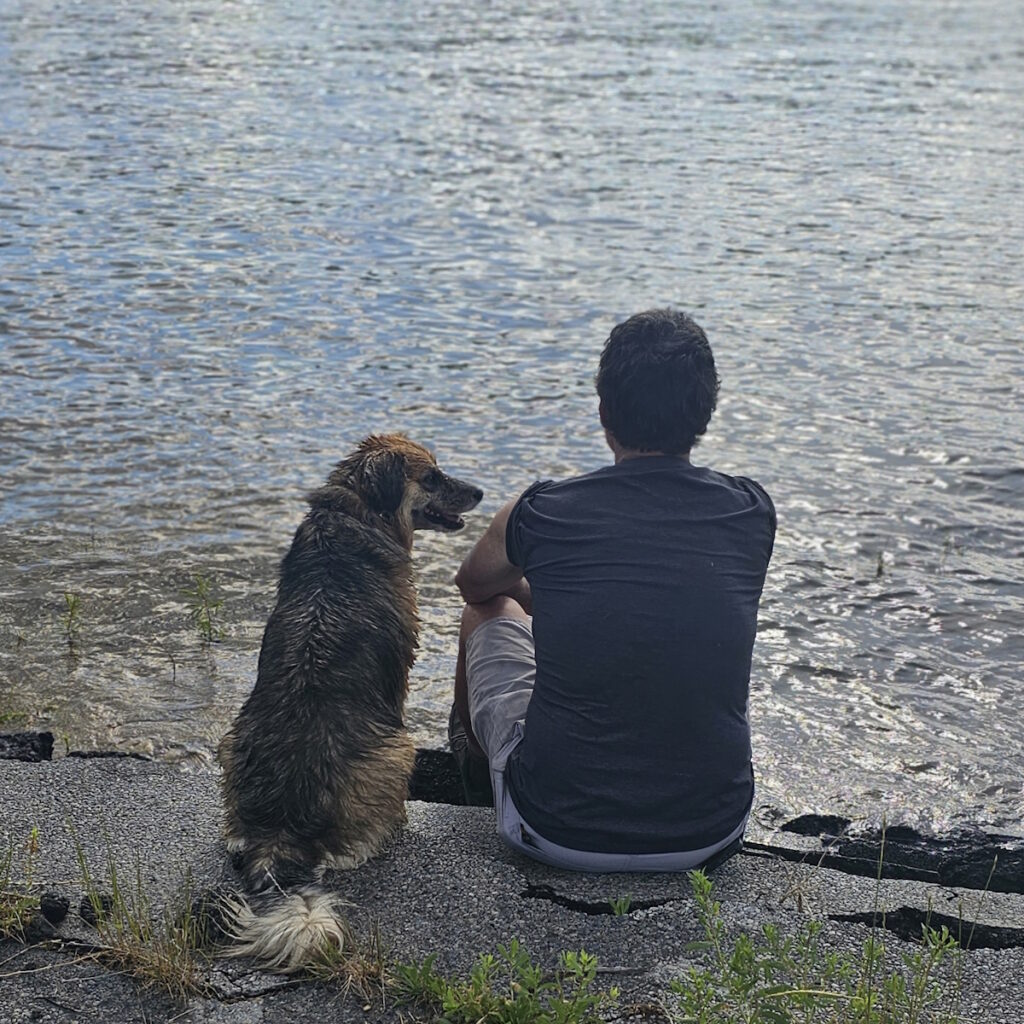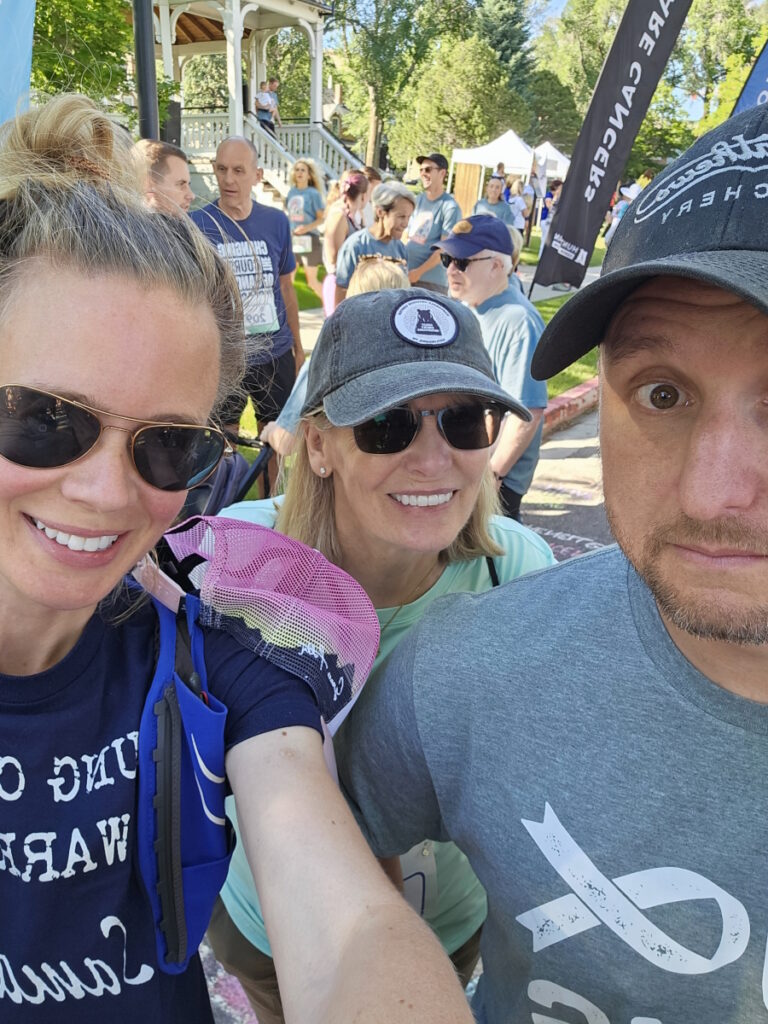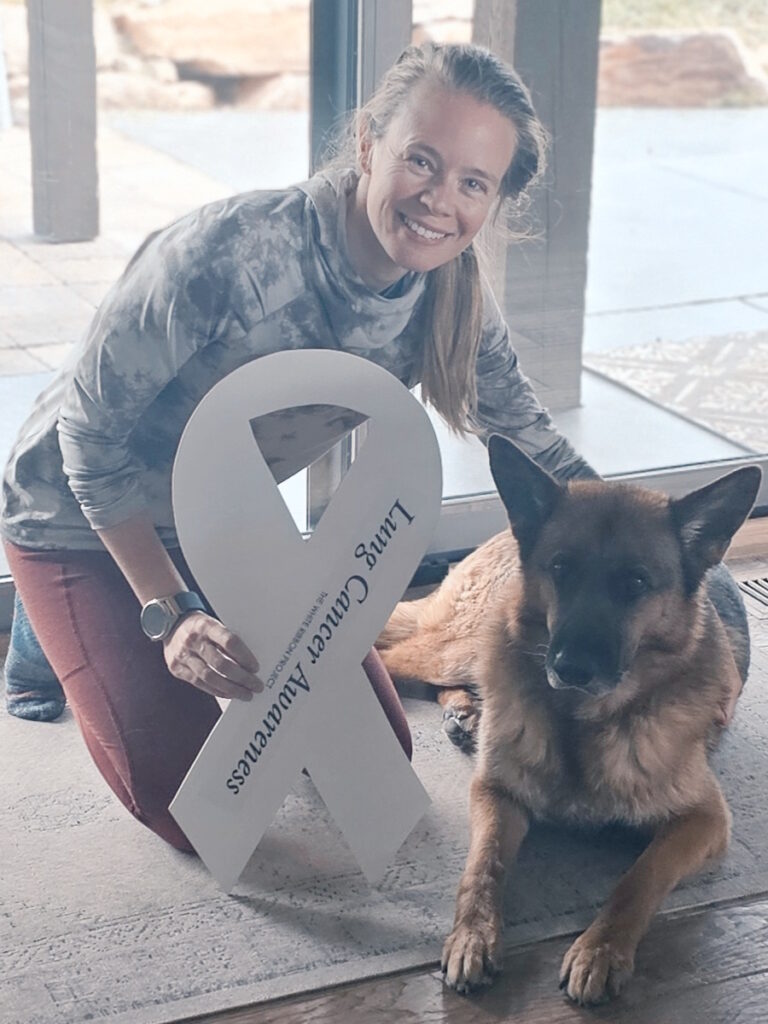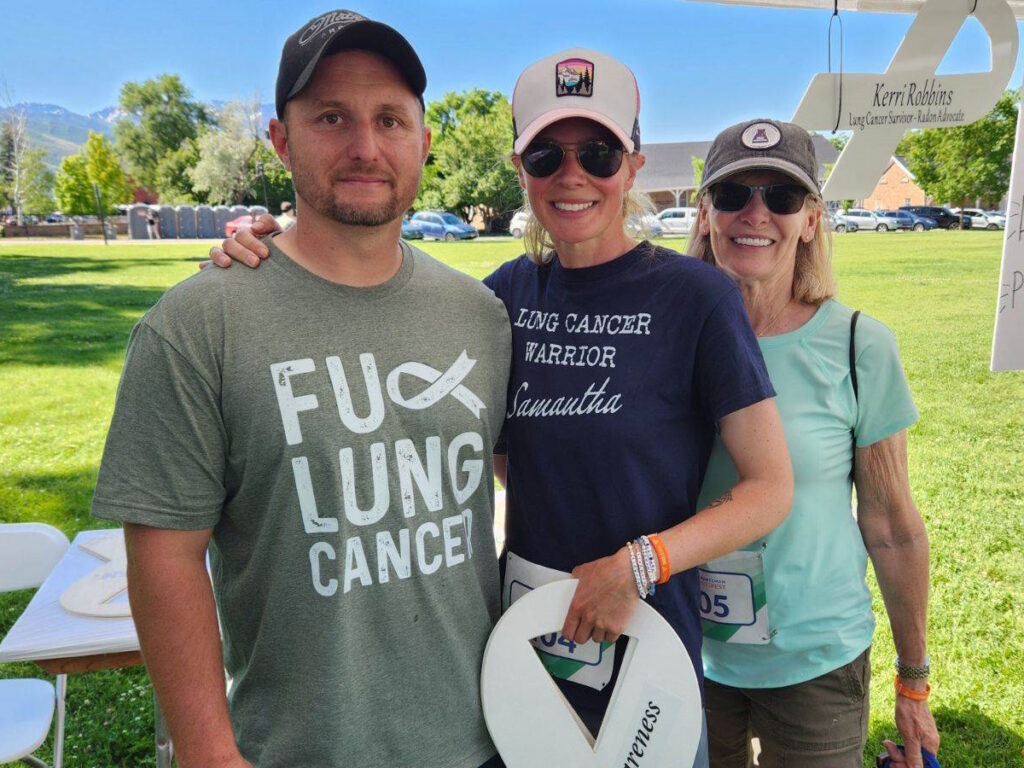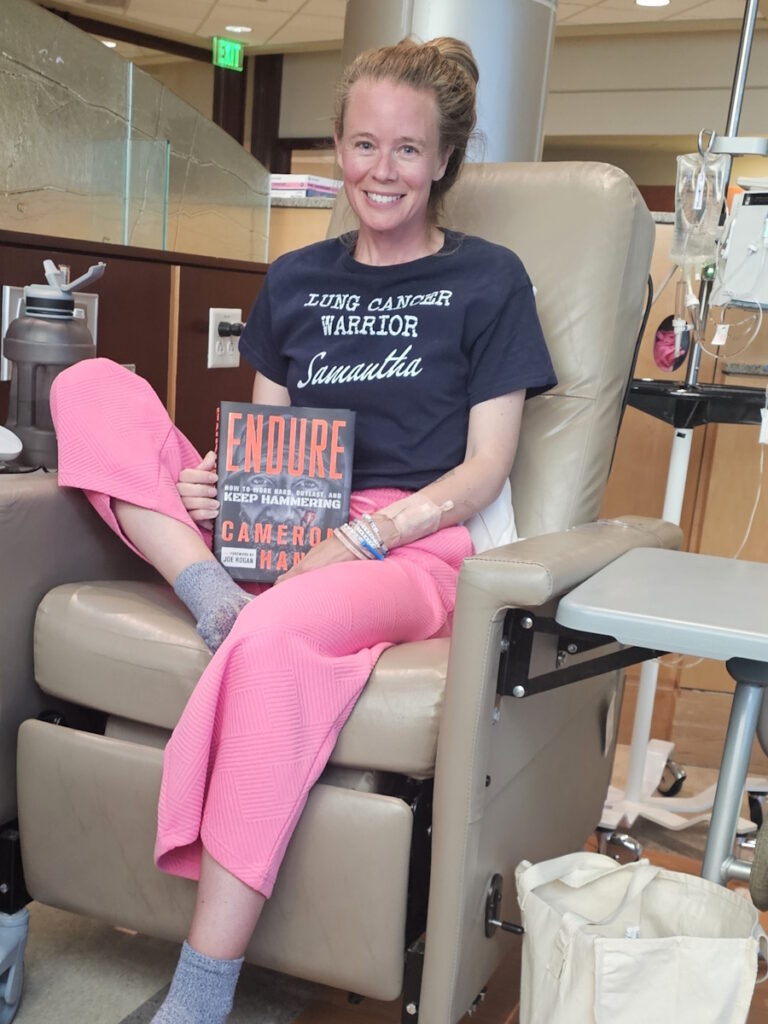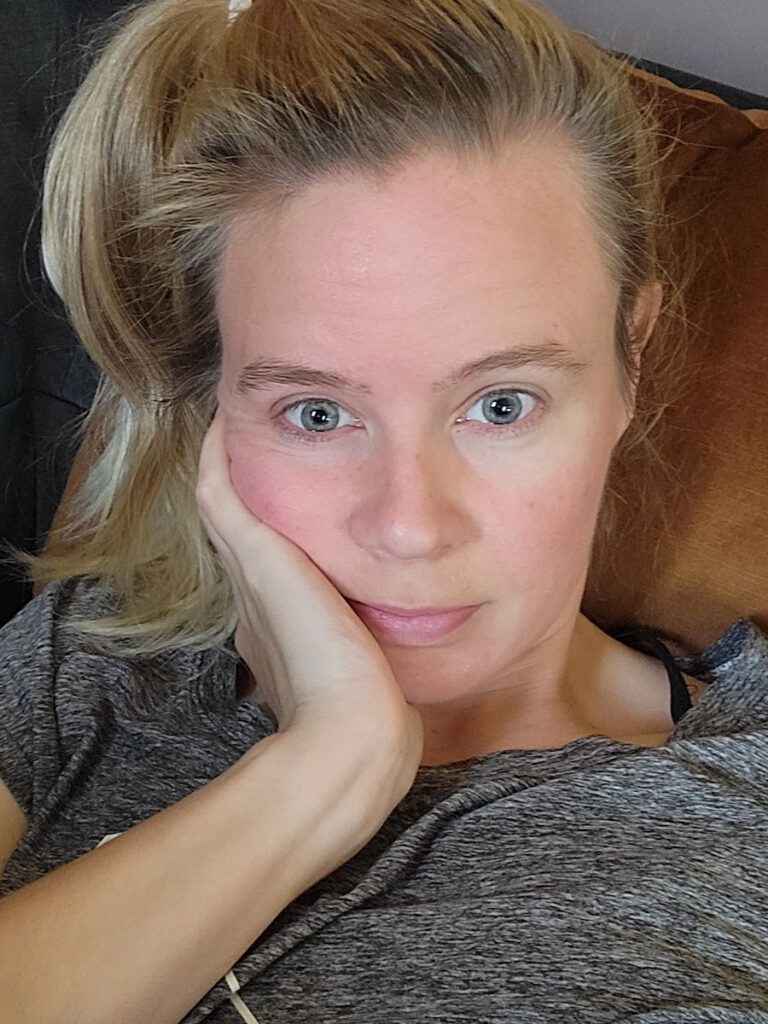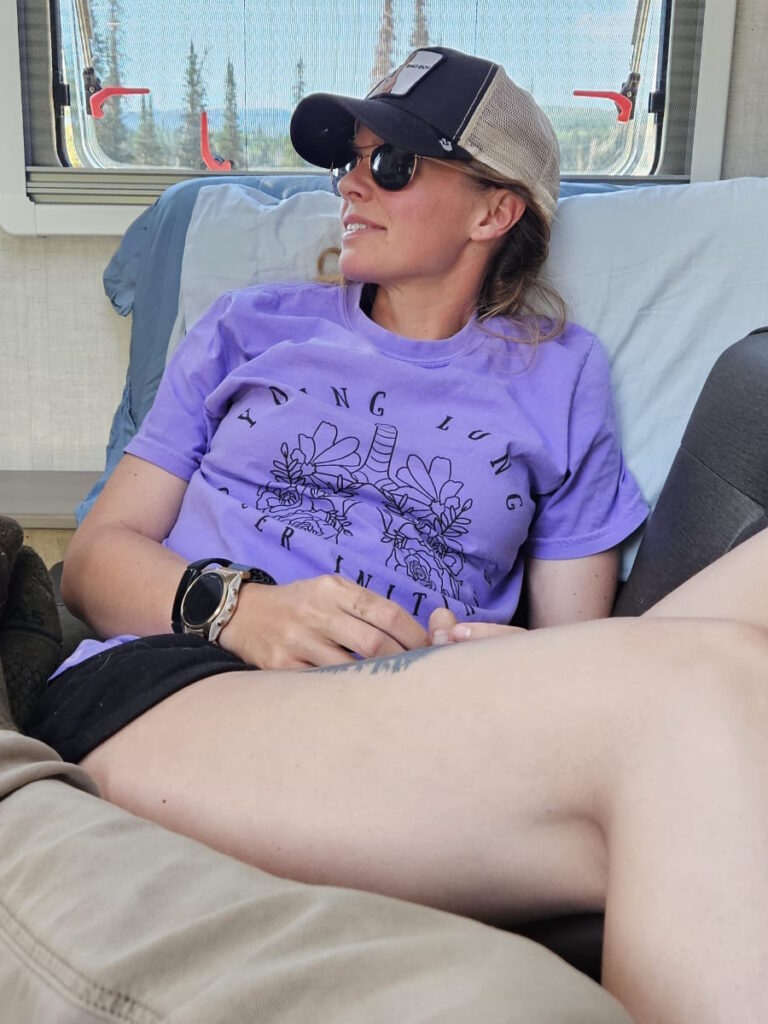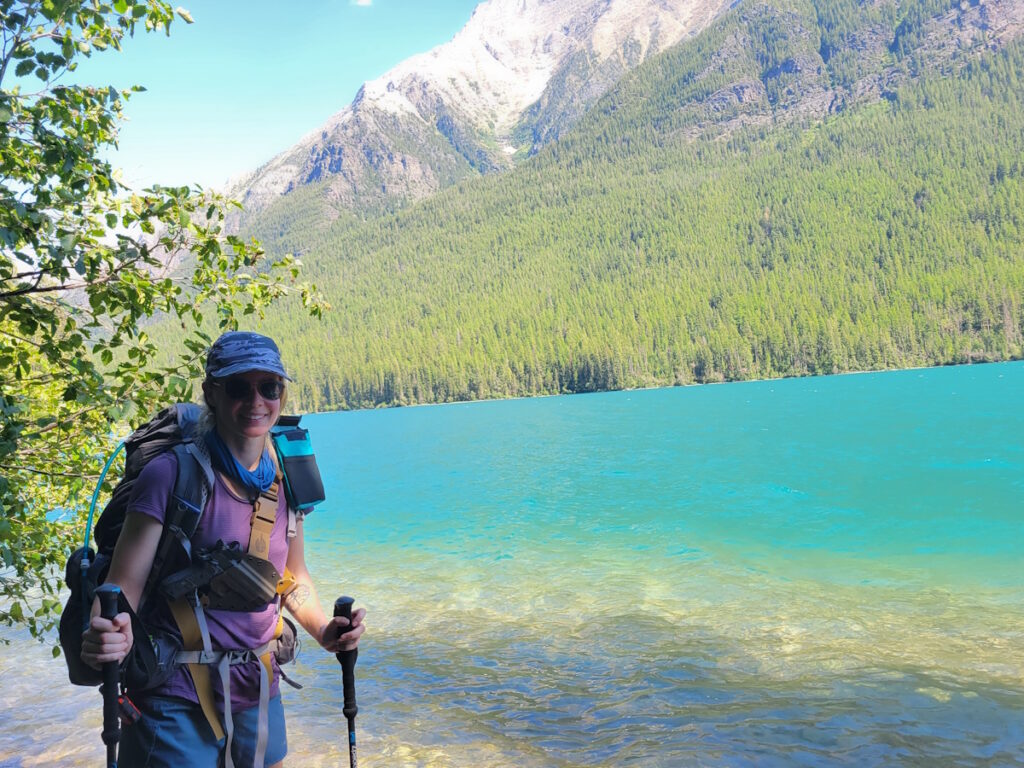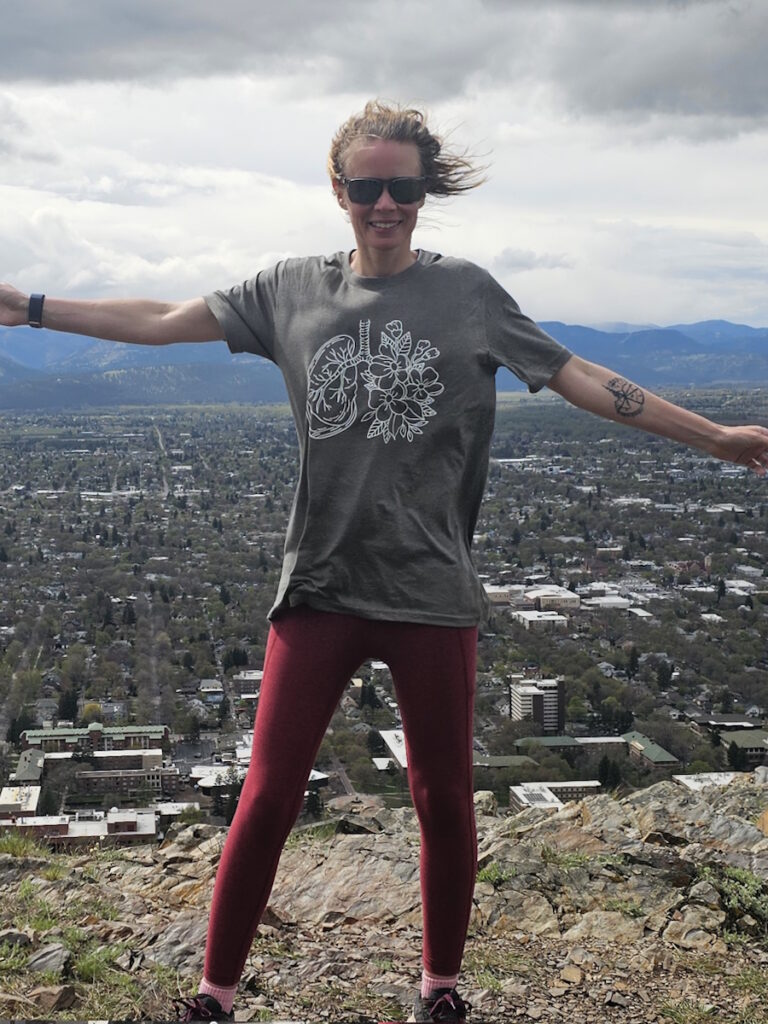Stephanie’s Stage 2B ALK+ Non-Small Cell Lung Cancer Story
Stephanie’s stage 2 lung cancer story began with a mild, intermittent cough in the spring of 2021, which she dismissed as allergies or weather-related. When her cough persisted, she mentioned it during a routine check-up with her general practitioner. After a chest X-ray, a mass was discovered on her lung. This led to a CT scan, which revealed a spiculated mass (having spikes or points on the tumor surface), raising concerns about cancer.
Interviewed by: Nikki Murphy
Edited by: Katrina Villareal
The diagnosis came after a bronchoscopy, which confirmed the mass was cancerous, specifically adenocarcinoma, a type of non-small cell lung cancer. She underwent a lobectomy, during which her surgeon removed two lobes of her lung to ensure all cancerous tissue was eliminated. Stephanie was subsequently diagnosed with stage 2B lung cancer. The pathology report confirmed that her lymph nodes were cancer-free and that she had clean margins with no signs of vascular or pleural invasion.
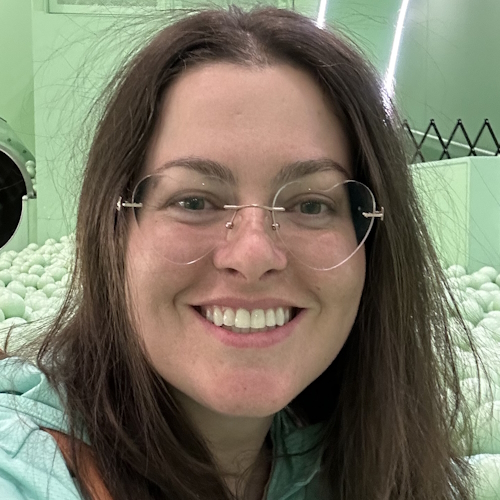
Following her surgery, Stephanie learned she was ALK-positive, a genetic mutation associated with non-smokers and younger lung cancer patients. Due to this, her treatment plan included chemotherapy and targeted therapy. After completing four rounds of chemotherapy, Stephanie was advised to begin targeted therapy, which is typically used in stage 4 cases but has shown potential benefits for earlier-stage patients, like her stage 2 lung cancer. Stephanie decided to follow this advice and has been on targeted therapy since completing chemotherapy.
Stephanie’s motivation throughout her diagnosis and treatment has been her young daughter. She remains dedicated to doing everything to stay healthy for her family. While she has had clean scans and blood work for the past three years, she continues to take her medication daily, hoping it prevents the cancer from returning. She advises others to know their biomarkers, seek second opinions, and join support groups for personalized guidance and support.
- Name: Stephanie W.
- Age at Diagnosis:
- 37
- Diagnosis:
- Non-Small Cell Lung Cancer
- Staging:
- Stage 2B
- Mutation:
- ALK
- Symptoms:
- Persistent cough
- Wheezing
- Treatments:
- Surgery: bilobectomy
- Chemotherapy
- Targeted therapy
This interview has been edited for clarity and length. This is not medical advice. Please consult with your healthcare provider to make informed treatment decisions.
The views and opinions expressed in this interview do not necessarily reflect those of The Patient Story.

Inspired by Stephanie's story?
Share your story, too!
More Non-Small Cell Lung Cancer Stories
Laura R., Non-Small Cell Lung Cancer, ALK+, Stage 4 (Metastatic)
Symptoms: Persistent cough, fatigue, bone pain
Treatments: Targeted therapies (tyrosine kinase inhibitors or TKIs, including through a clinical trial)
Drea C., Non-Small Cell Lung Cancer, ROS1+, Stage 4 (Metastatic)
Symptoms: Swollen ankle resulting from a deep vein thrombosis or blood clot, mysterious bruising, extreme weight loss, persistent shortness of breath, rattling sound coming from the throat while breathing
Treatments: Radiation therapy, chemotherapy, targeted therapies
Lysa B., Non-Small Cell Lung Cancer, ROS1+, Stage 4 (Metastatic)
Symptom: Severe but intermittent back pain
Treatments: Chemotherapy, radiation therapy, targeted therapy (including through a clinical trial), surgeries (lung resection, metastatic spine tumor surgery)
Ashley C., Non-Small Cell Lung Cancer, HER2+, Stage 4 (Metastatic)
Symptoms: Fatigue, breathlessness, persistent back pain, multiple rounds of bronchitis
Treatments: Chemotherapy, targeted therapy
